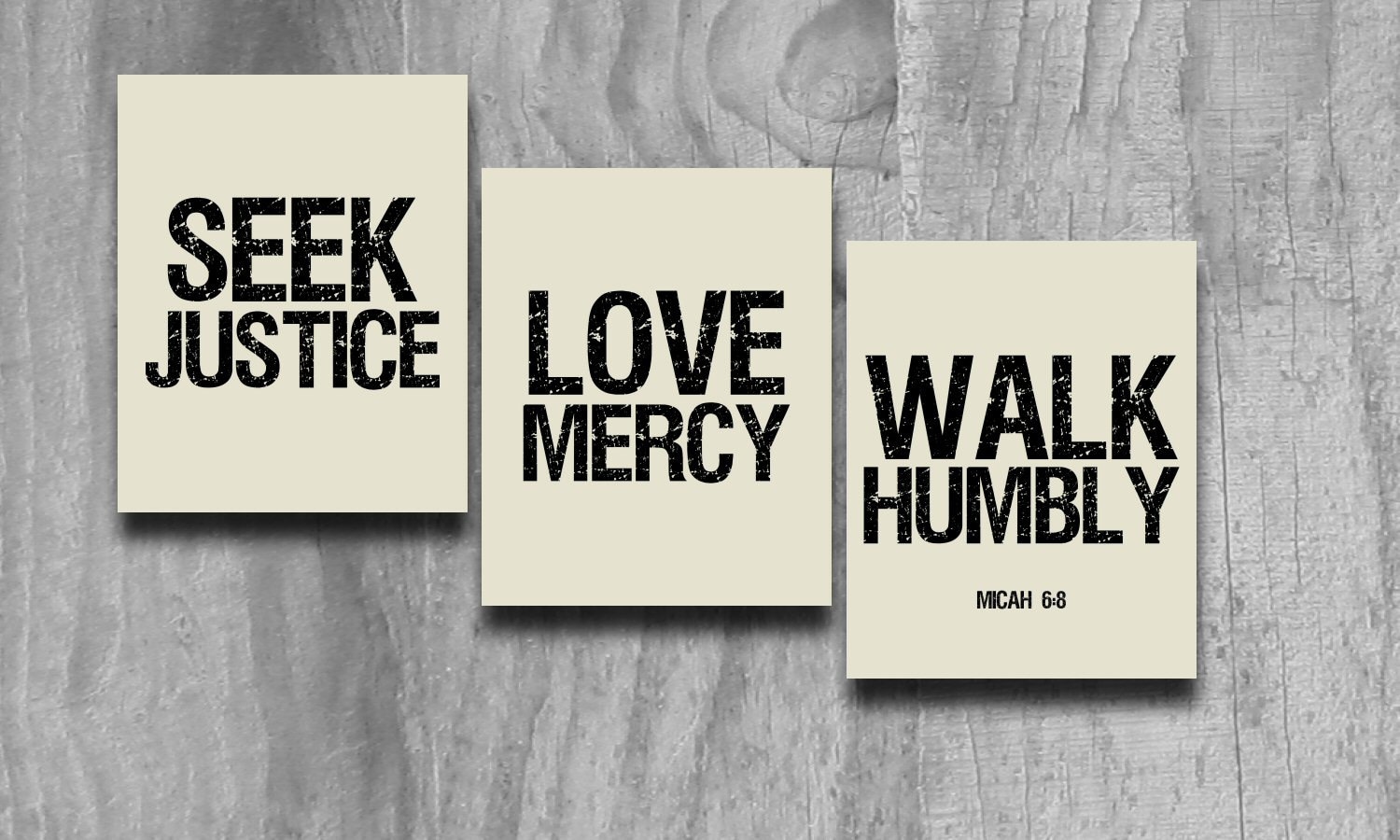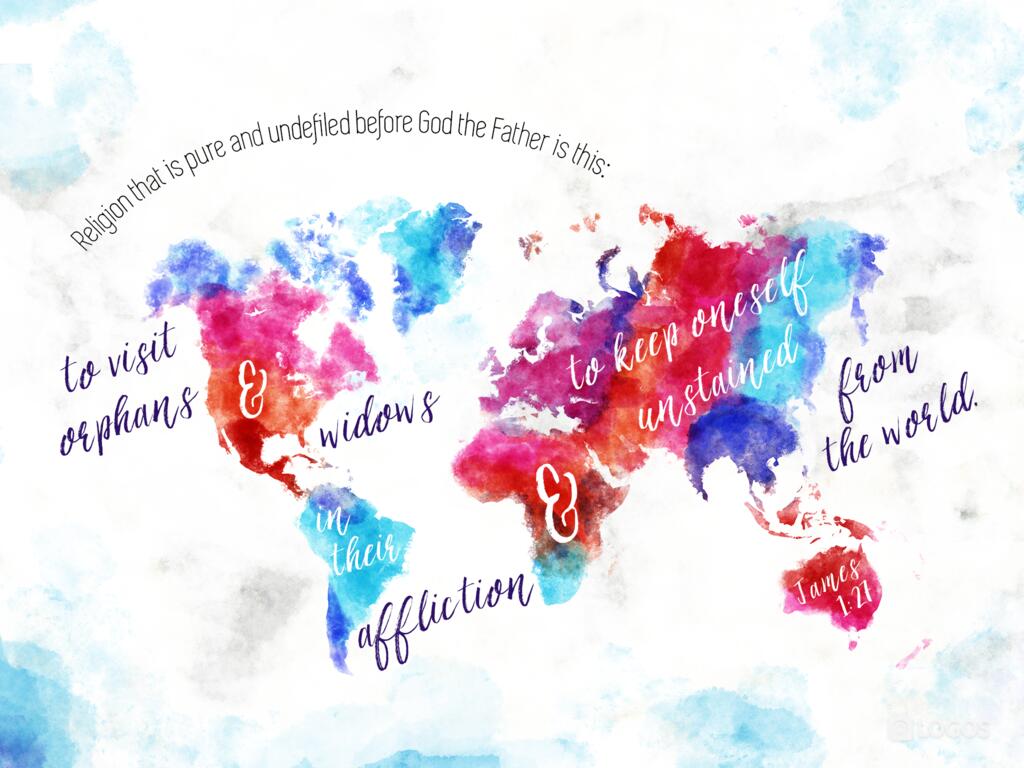 The following is a guest post by journalist Howard Fields on his new book First Taken, Last Released: Overlooked WWII Internment
The following is a guest post by journalist Howard Fields on his new book First Taken, Last Released: Overlooked WWII Internment:
Donald Trump's calls for interning Muslims and the upcoming 75th anniversary of the attack on Pearl Harbor that prompted the time when America did intern an entire class of people make
First Taken, Last Released: Overlooked WWII Internment a timely book.
The book follows one of the first 160 men taken from churches, temples or homes in Honolulu before the smoke cleared over Pearl Harbor. He and about 1,700 others were taken in Hawaii during the next several weeks, long before the more than 120,000 Japanese and Japanese-Americans were taken on the West Coast beginning in February, 1942.
Much has been written of those 120,000, mostly families, but there is little about the first men taken and held in men-only camps behind barbed-wire for the duration of the war. Some, as with the subject of
First Taken, were not released until three months after formal surrender by Japan in September, 1945.
These men were moved from camp to camp, in Wisconsin, Tennessee, Louisiana, Montana and then New Mexico with little, if any, contact with families or friends. The man we follow, a Buddhist minister, had sent his family to Japan before the war to be educated there and return. Before they could return, they were trapped there when the war broke out. One son survived the atomic bomb dropped on Hiroshima, another endured two years in a slave labor camp in Siberia, kept on the edge of starvation.
 |
| Tommy, and wife Sally |
First Taken also is important for its new perspective on the lead-up to the Japan attack on Pearl Harbor. It relies on its own translations of recently released transcripts of the meetings of Japan's leadership, including Emperor Hirohito, in which they discussed whether to attack. It shows the amazing and extreme dysfunction of Japan's leadership at the time. To a man, they knew they could not survive a war with the United States, and none wanted to launch the Pearl Harbor attack, but not one was willing to be the first to say, "No," so it happened.
Beyond that, the internment that began immediately after the bombing, was the result of a xenophobia and racism that still dominates American culture as well as in Europe. That and other parallels with today's political leadership should send chills up the spines of Americans and the rest of the world as a president elect calls for a return to those days of internment and belligerence.
It could happen all over again, not only in the United States, but Europe as well. Philosopher George Santayana wrote 100 years ago, "Those who cannot remember history are condemned to repeat it." Let
First Taken and books like it serve as reminders of a past we wish not to repeat.






